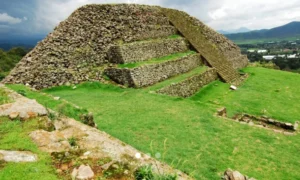San Felipe de los Alzati stands as a testament to the rich cultural and architectural heritage of pre-Columbian Mesoamerica. This significant archaeological site, located atop the Zirahuato hill and its surrounding mountains, served as a crucial surveillance and protection post for the Purépecha territory, marking the border with the Mexica. Populated by the Otomíes and their allies, San Felipe de los Alzati flourished from the 8th to the 15th centuries AD, embodying the cultural and architectural essence of the matlatzinca culture, which also settled in the Toluca valley.
Otomi People
The Otomi people are one of the indigenous groups in Mexico, with a history that stretches back to pre-Hispanic times. Primarily found in the central Mexican plateau region, particularly in the states of Hidalgo, Mexico, Puebla, and Guanajuato, the Otomi have maintained much of their cultural identity despite the influences of Spanish colonization. Known for their rich folk traditions and crafts, especially their colorful embroidery and textiles, the Otomi people have a strong connection to the land and a deep respect for nature, which is reflected in their traditional practices and lifestyle.
The tribe of Otomi people has its own language, Otomí, which is part of the Oto-Pamean language family, and varies in dialect across different Otomi communities. These communities are often organized around communal and family ties, with agriculture being a central part of their lives. They are highly regarded for their knowledge of medicinal plants and natural remedies, which has been passed down through generations. Moreover, their ceremonial rituals and dances, such as the “Danza de los Voladores” (Dance of the Flyers), are an integral part of Otomi culture, merging their ancient spiritual beliefs with contemporary expressions. Despite facing challenges such as economic hardship and the encroachment of modern development, the Otomi people persist in practicing their traditions and preserving their way of life.
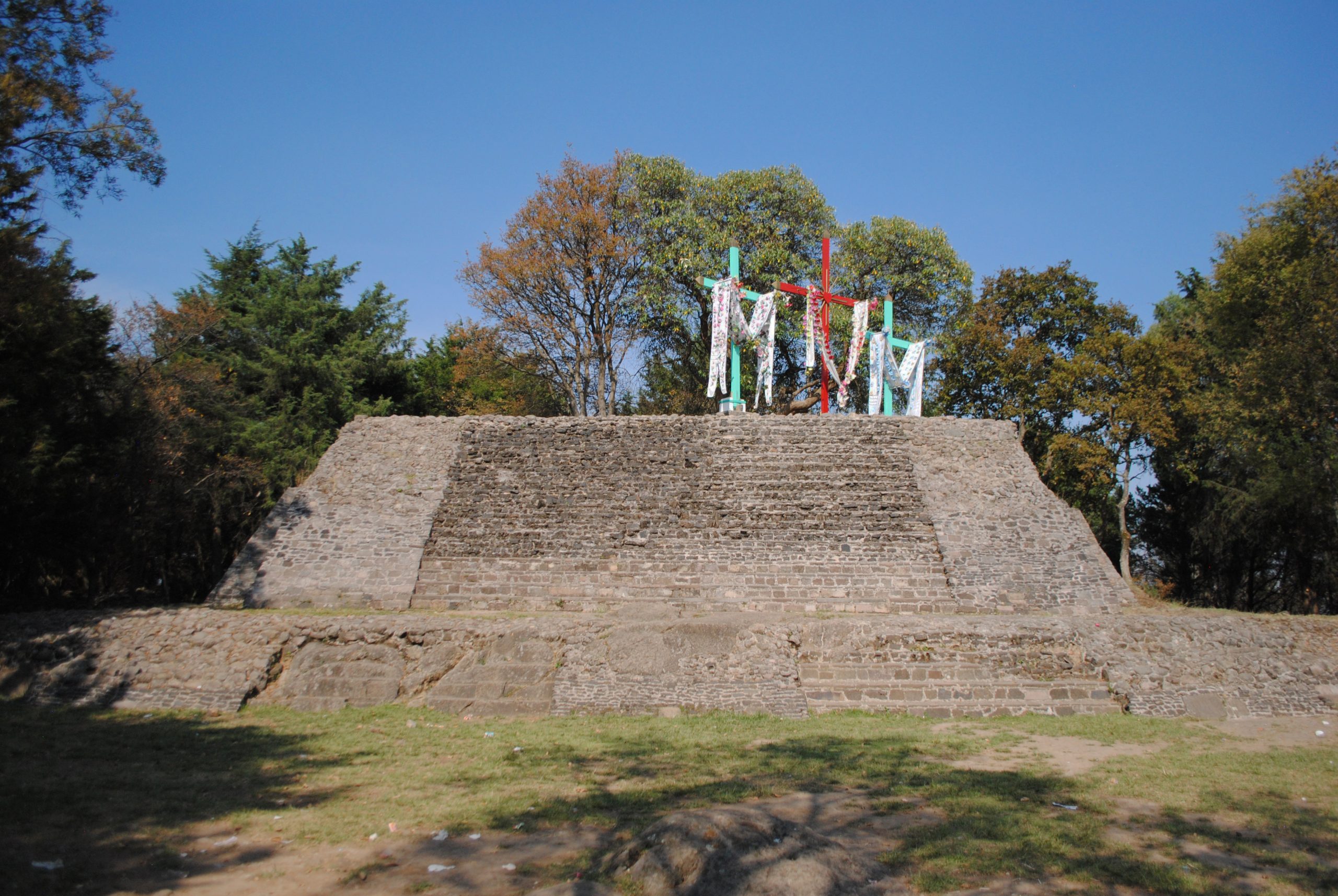
Cerro del Judío (Mazatepetl)
Cerro del Judío, also known by its ancient name Mazatepetl, which translates to “Hill of the Deer” in Nahuatl, is a mountain steeped in history and cultural significance. Located in the Magdalena Contreras municipality of Mexico City, this site is not only a natural wonder but also a testament to the rich pre-Columbian heritage of the region.
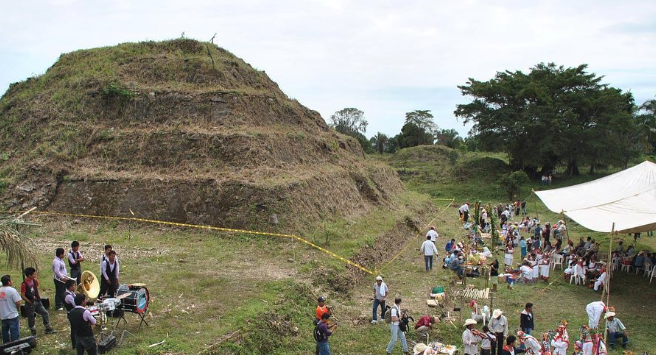
Mesa de Cacahuatenco
Mesa de Cacahuatenco is a significant Mesoamerican pre-Columbian archaeological site situated in the municipality of Ixhuatlán de Madero, in the northern region of Veracruz, Mexico. This site, positioned south of the Vinasca River, is approximately 44 kilometers west of Castillo de Teayo and about 80 kilometers southeast of the El Tajín archaeological site. Mesa de Cacahuatenco, with its extensive area and numerous structures, is recognized as a crucial ceremonial center within the Huasteca region.
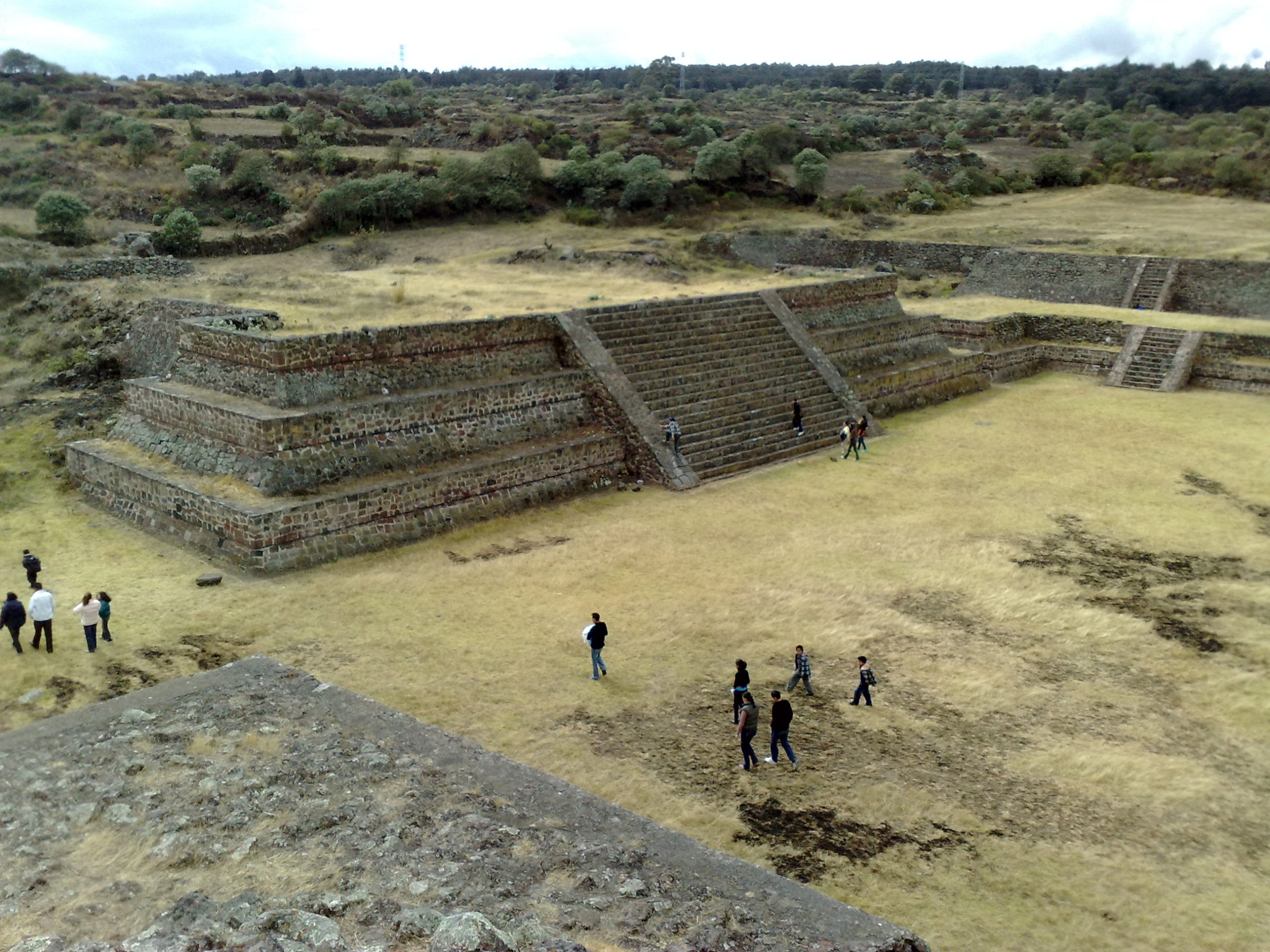
Teotenango
Nestled in the southern expanse of the Valley of Toluca lies the ancient city of Teotenango, a pre-Hispanic marvel that stood as a testament to the ingenuity and spirit of the civilizations that thrived in the heart of Mexico. Founded in the twilight years of the Teotihuacan civilization, Teotenango’s story is one of conquest, resilience, and ultimately, oblivion following the Spanish conquest of the Aztec Empire. Yet, the ruins of this once-great city continue to whisper the tales of its past, offering a glimpse into a millennium of Mesoamerican history.
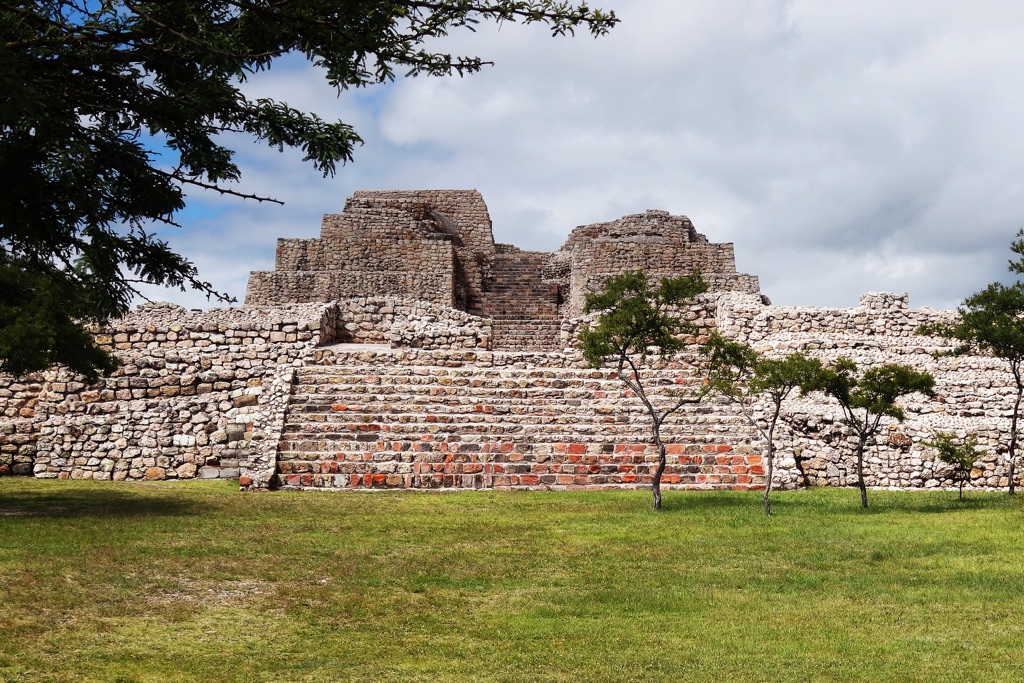
Cañada de la Virgen
Cañada de la Virgen is an archaeological site located in the Mexican state of Guanajuato. Discovered in 1998, it has since been a focus of significant historical interest. The site features a complex of pyramids, temples, and plazas. It is believed to have been built by the Otomi people, who inhabited the area around 540 AD. The site’s structures align with celestial events, suggesting its use for astronomical and religious purposes. Cañada de la Virgen offers a glimpse into the Mesoamerican cultures that flourished before the Spanish conquest.
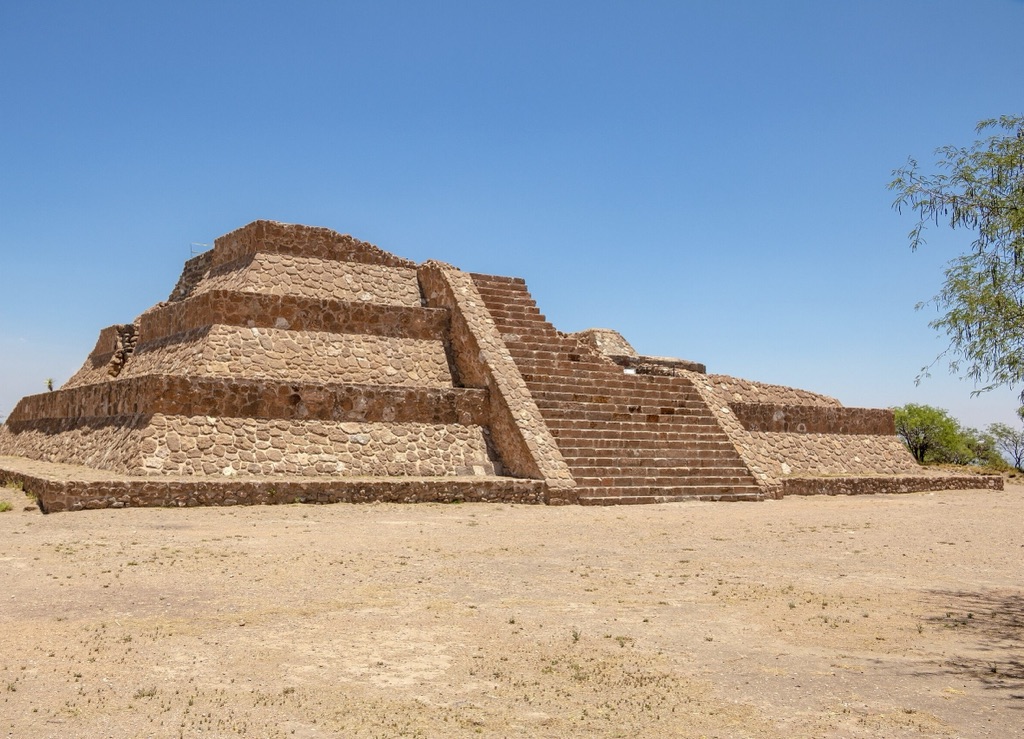
Pahñú
Embedded in the heart of Mexico lies Pahñú, a historical site reverberating with ancient stories and cultural wealth. This age-old archaeological treasure offers visitors a vivid window into the lives of the indigenous people that once thrived there. With its grand stone structures and intricate carvings, Pahñú stands as a testament to the Otomí people’s ingenuity and spirituality. Scholars believe that the site might have served as a ceremonial center, making it a focal point for understanding pre-Columbian religious practices.

